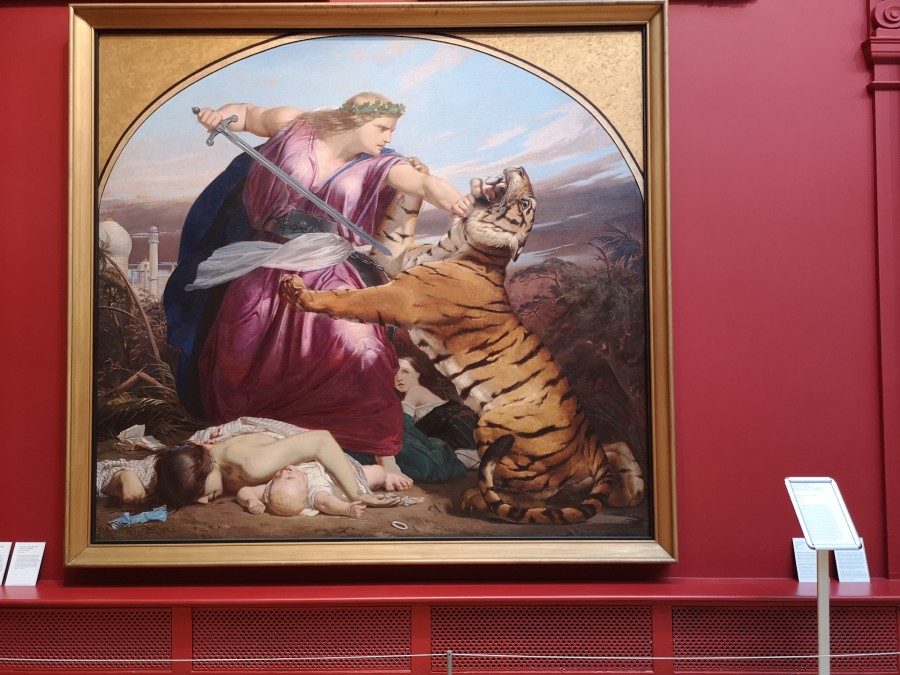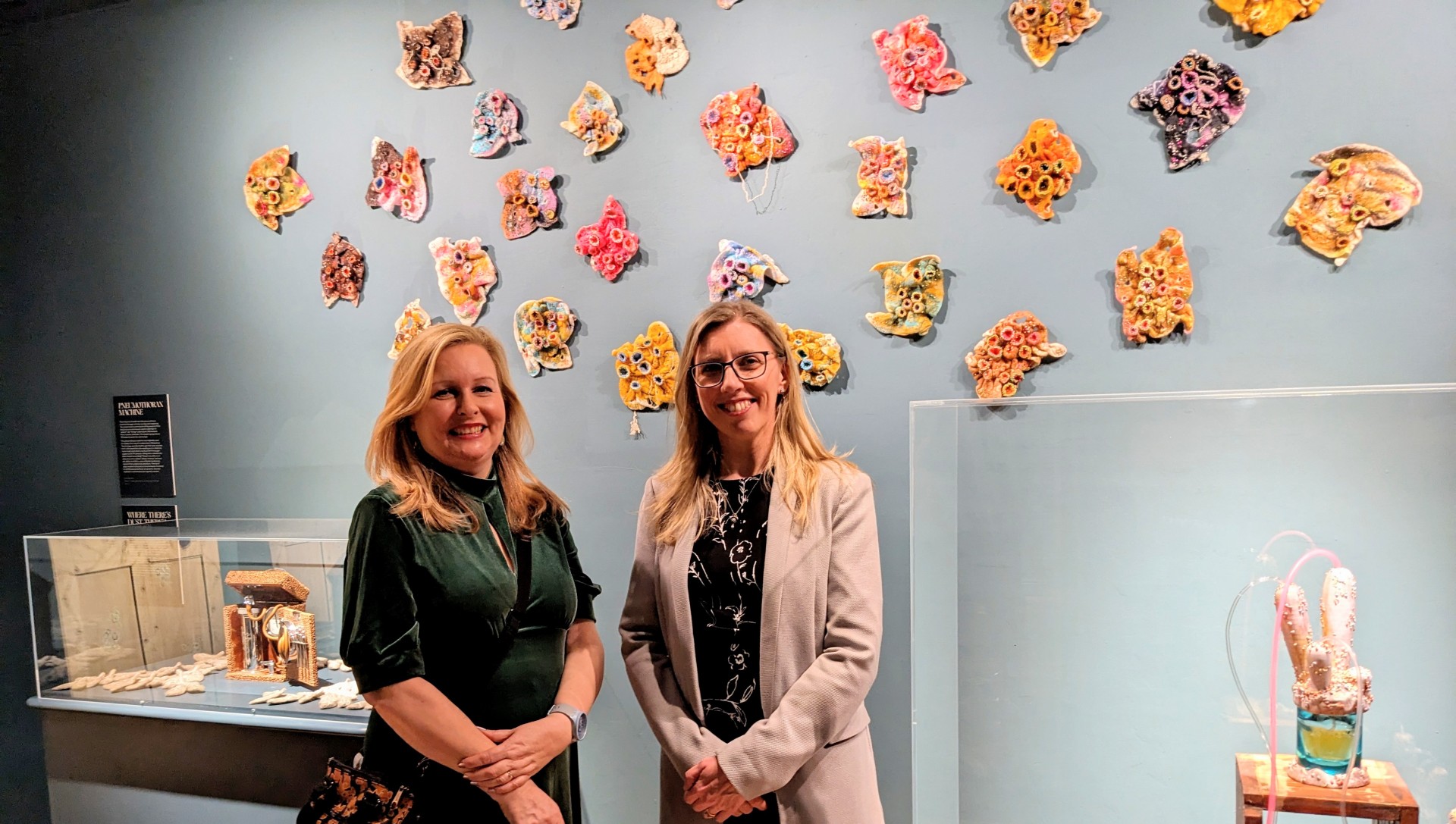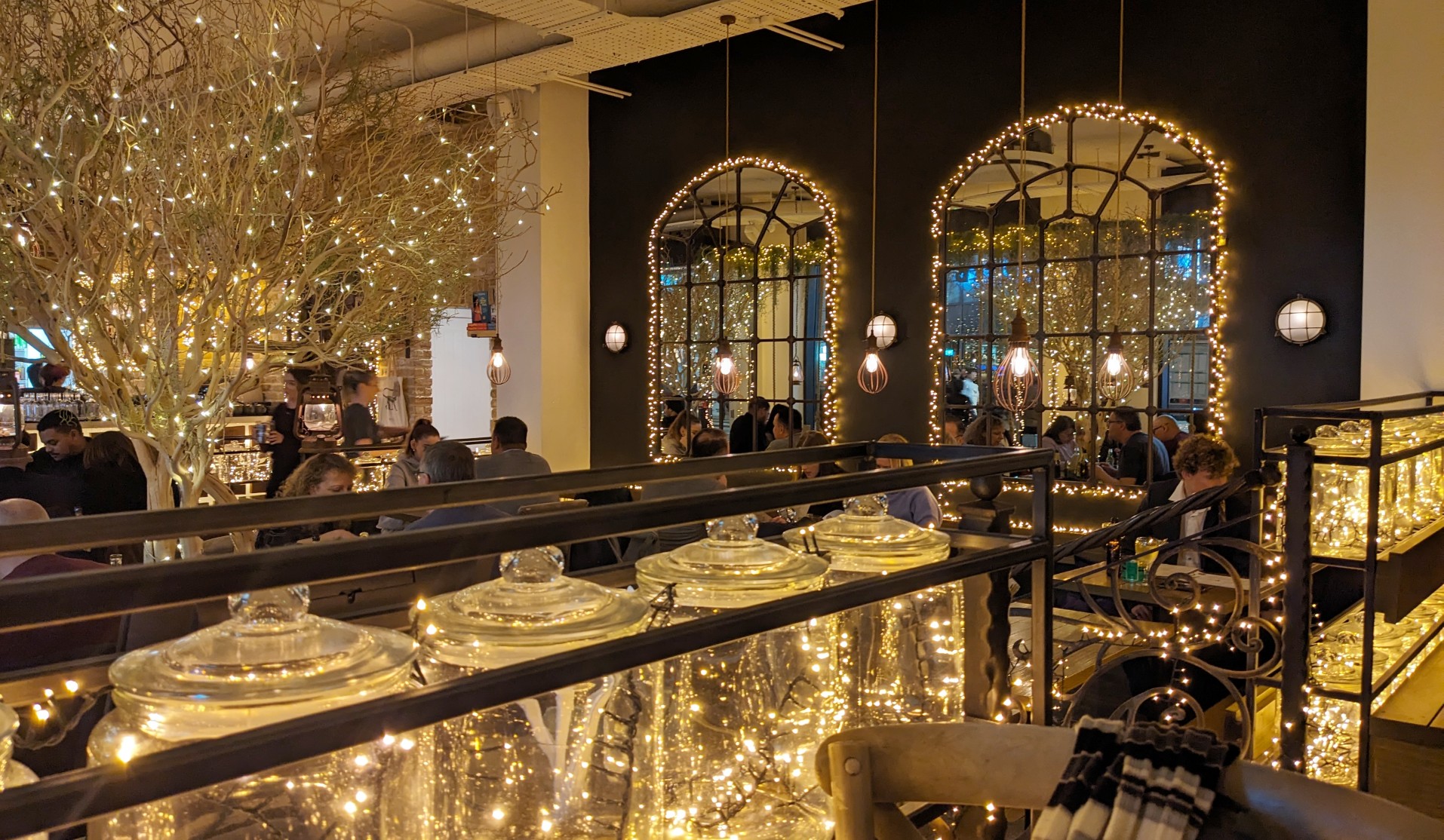Leeds Art Gallery, in the exhibition Shifting Perspectives, show a commitment to re-evaluating the City’s art collection and approaching exhibitions in a more inclusive way.
Decolonisation, Black Lives Matter, Me Too: all have brought a different lens to how we perceive art. In some public art collections, the net result has been a sign saying that they are aware of the imperialist roots of their collection and are investigating how to address the offence this may cause. Leeds Art Gallery, in this exhibition, seem to have taken this proposition seriously. They recognise the white, male, privileged view of much of the collection. They highlight the historical background of the art and invite the views of a modern, multi-cultural audience.
The starting point of the exhibition is an attempt to explore;
‘issues around (mis)representation and identity through examining mechanisms of stereotyping and unequal power relations, connecting the past and the present.’
The concept of perspective is multi-layered. We hear the reaction of individuals from a locally constituted Advisory Panel, the perspectives of previous generations, and we are invited to bring our own responses. One board displays a glossary of terms. No doubt, some people would debate the definitions given. However, the introduction of terms such as colonialism, global majority, othering and orientalism encourages us to think about our own position in relation to the art on display.
The first section of the exhibition focusses upon imperialism. An introduction calls upon museums and galleries to recognise the elephant in the room that is colonialism, or in the case of Leeds, the Tiger in the room. Retribution, William Armitage 1858, is too large to be included in the exhibition space. This is not a problem as reading and then visiting the Ziff Gallery offers time for reflection and the denigration inherent in the piece to become apparent. The image of the tiger does not tally with our current day view of an endangered species. The offence of the piece becomes greater when you realise that the tiger is an analogy for India and that it was painted a year after the Indian Uprising of 1857.

The demeaning of people from other lands is explored in a variety of contexts. In some they are clearly portrayed as the enemy, in others they are infantilised or displayed as exotic curiosities. Alongside historical research undertaken by gallery staff and volunteers, there are comments from members of a diverse focus group. Their words often provide a link between the injustices of the past and present.
Not all the images on display are stereotypes. There are positive images here that show the resilience of black and Asian artists. Embedded within the main exhibition is a smaller exhibition by Charmaine Watkiss, The Wisdom Tree, on display in the Small Lyons Gallery
Wisdom Tree is part of the Jamaica Society Leeds’ Out of Many Festival, which marks 60 years of Jamaican Independence. Watkiss brings a fresh eye to hundreds of years of resilience exhibited by Caribbean women. The exhibition reflects her interest in herbalism and history. I hope the gallery will find a way to acquire one of these works. The imagery of a powerful black woman would be one small step in making the collection more representative.
One section of Shifting Perspectives focuses upon gender. In an historical collection this usually means the male perception of women, often portrayed without clothing or scantily dressed. Many of the works have an element of voyeurism. This section is sectioned off behind a white curtain. This presentation was suggested by Asian women from the Advisory Panel, who pointed out that not everyone wants to see nudes. For me, the curtain took on another role, giving an element of respect to the people portrayed.
The nude can be a celebration of the human form or a means of self expression. Lesley Sanderson’s work enables her to gain ownership of her bikini clad body and in the process challenge sexist and racist stereotypes,
Other powerful images come from Phil Sayers. Her series of large-scale, colourful and powerful artworks were made in collaboration with the United Caribbean Association in Leeds. They show a community: settling, finding their feet and fighting for their rights.
Many of the artworks on display have rarely been exhibited. Work comes from artists across a spectrum of heritages, including Karen Babayan, Frank Brangwyn, Jacob Epstein, William Hogarth, Yinka Ilori, Jade Montserrat, Ronald Moody, Rembrandt van Rijn, Bob and Roberta Smith and Barbara Walker.
The exhibition finishes with Yinka Ilori’s ‘Better days are coming I promise’. Produced in the heart of the Covid pandemic, it gives hope for the future. Accompanying comments illustrate that whatever challenges society faces, we still need to deal with iniquities present in class and race.
Visitors are asked to leave their response at the end of the exhibition. This might be through leaving a written comment but conversations are also welcome. Every Saturday a member of gallery staff will be available to actively discuss the exhibition with visitors. Some of this commentary is being added to the exhibition in order to add further perspectives.
We cannot change the past but we can re-assess the way we respond to it. An endnote to the exhibition sates that this will be part of a longer process of addressing colonial legacy, re-assessing work and filling gaps in the City’s collection to ensure it is more representative of the people who live and work in Leeds. Change is a process, not a place. It is good to see an art exhibition that attempts to be part of that change.
Shifting Perspectives, Leeds Art Gallery, The Headrow, LS1 3AA – continues until November.
Photography by Debbie Rolls. (Cover photograph of originals by Phil Sayers.)



